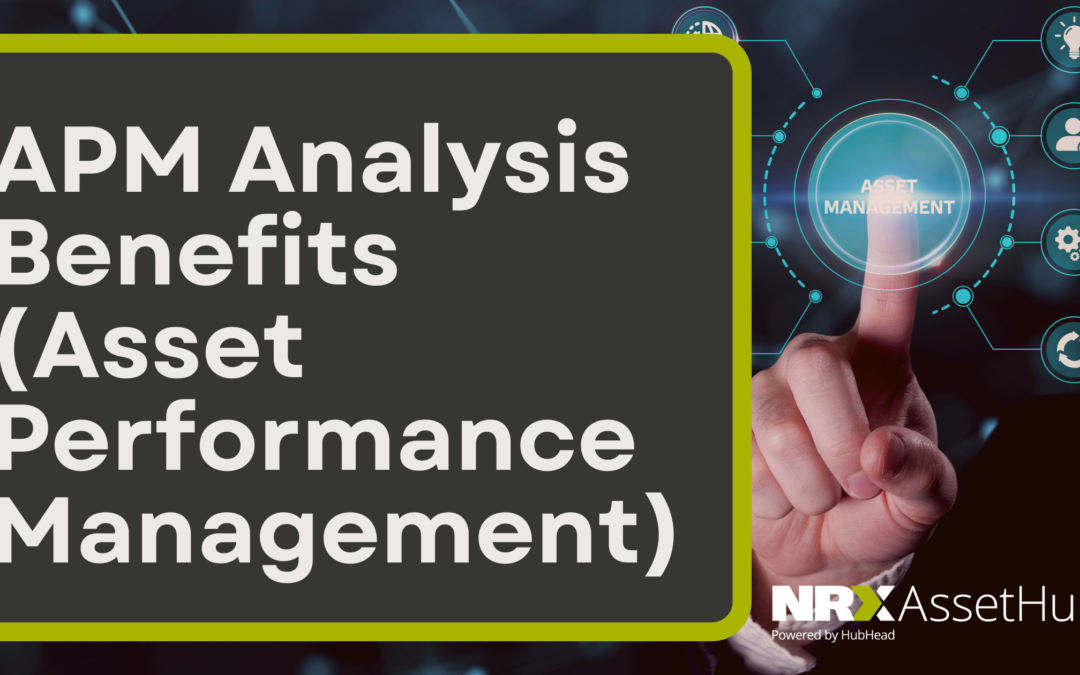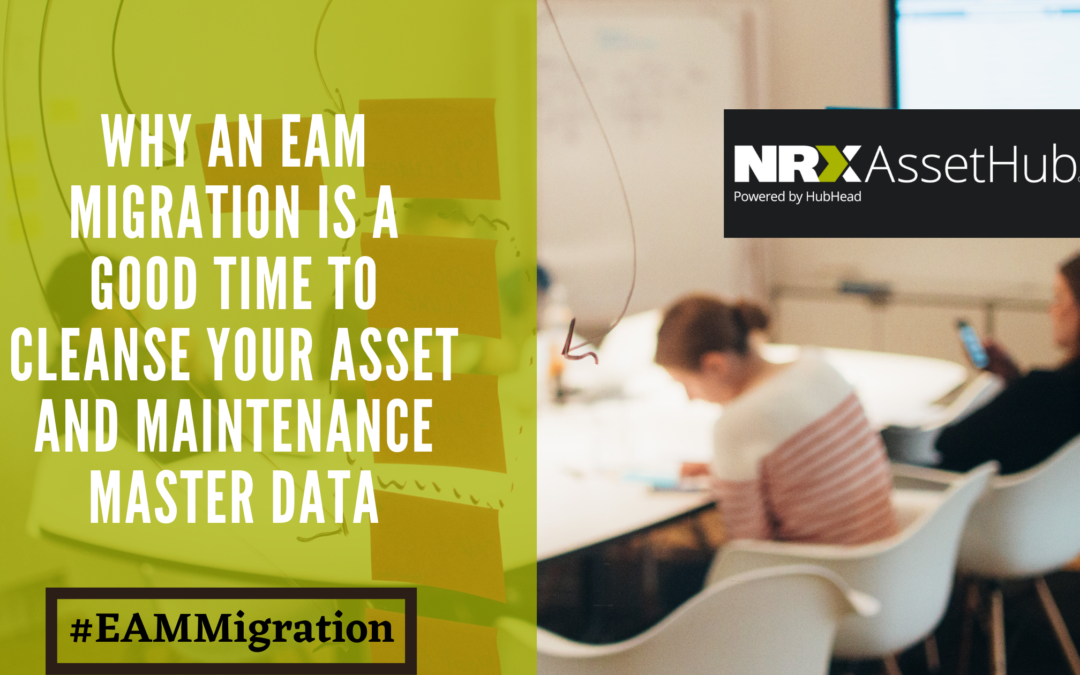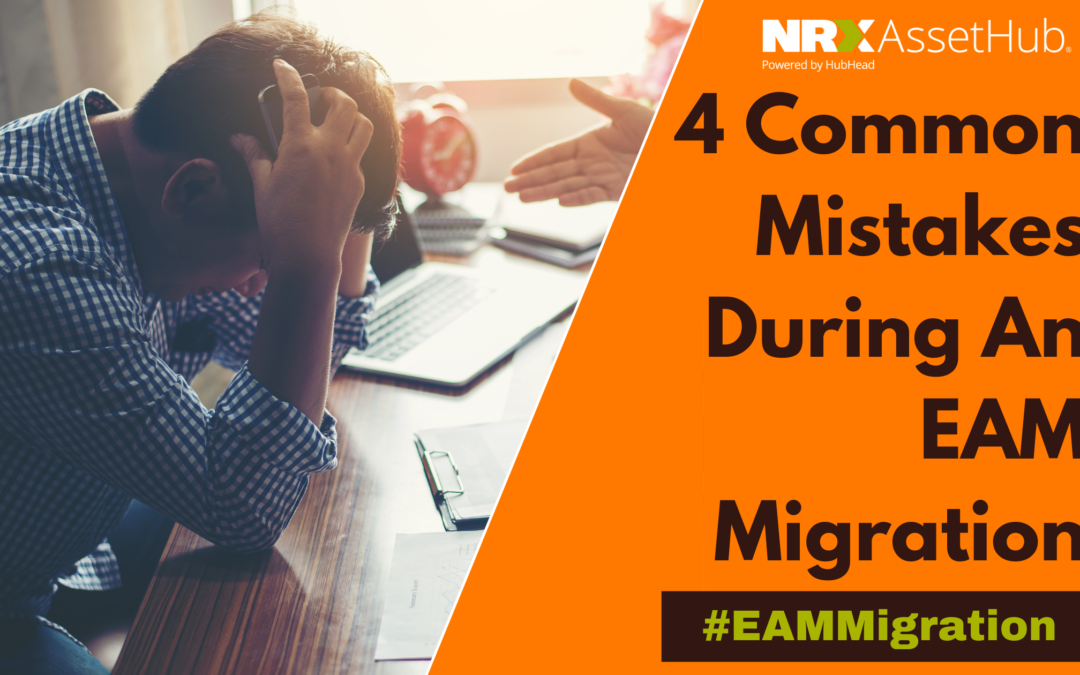
The NRX Blog

How Do You Know If You Have Good Quality EAM Data?
The importance of EAM data quality cannot be overstated. How do you know whether or not you have good quality EAM data though? This blog will discuss signs such as the standardization of asset hierarchies, minimal issues within maintenance and operations, proper classification or parts, minimal duplicate and obsolete parts (etc). Understanding what makes good quality asset and maintenance data will help you to achieve it.

Two Ways EAM Data Quality Can Deteriorate Over Time
Even the best EAM data can deteriorate if effort isn’t put into updating and maintain EAM data on a regular basis or whenever changes are made to a company’s assets. An EAM migration is the perfect time for a company to repair data that was once good and to deploy strategies to prevent data from deteriorating in the future. To do so successfully, learn why good data deteriorates in the first place.

Benefits of Preparing Your EAM System for IIoT
The benefits of IIoT include the fact that it can help with predictive maintenance, increase efficiency and reduce errors caused by humans. IIoT is extremely beneficial to implement within your EAM system, but you must ensure that your data is cleansed for IIoT to be optimized within it. This is especially important if your are doing an EAM migration and want to get the most out of your new EAM system.

APM Analysis Benefits (Asset Performance Management)
The benefits of an APM analysis such as being able to gain insight into the performance of equipment to make important decisions for instance helps us to see why it is important to optimize it. To succeed in optimizing APM within an EAM system, you must ensure that you cleanse data prior to it being loaded onto a new EAM system.

How Long Will my EAM Migration Take?
To go into an EAM migration with realistic expectations, its important to know what factors will influence the length of your migration process. If you are a larger company with lots of data to migrate then naturally it will take longer. Also, if the majority of your data is poor and needs cleansing it will take longer than a company whose data needs less cleansing. Lastly, the methods you use for transferring data and potential setbacks can influence time as well.

How To Effectively Cleanse EAM Asset and Maintenance Master Data For a Migration
Learn the step by step process on how to effectively cleanse data for a migration. The process begins with prioritizing which data needs to be cleansed or needs the most cleansing. Then, you must make sure that you have a way to measure progress through KPIs, can oversee the project and allow for collaboration, align data with corporate standards and reuse good data. Utilizing these 5 key steps can help ensure your data is ready for a migration.

Why an EAM Migration is a Good Time to Cleanse Your Asset and Maintenance Master Data
An EAM migration provides the perfect opportunity to cleanse your EAM data as your system is down regardless and it can be difficult to do after a migration. Further, cleansing data is almost necessary if you want to be able to maximize your new system and make sure that data issues from your previous system don’t transfer over.

4 Common Mistakes Made During an EAM Migration
An EAM migration is a long and grueling process. Many companies that plan to do one don’t go into it with the right expectations and planning. As a result, common mistakes such as going into a migration with poor quality data, migrating data at once, failure to establish standards within their asset hierarchy, poor testing, unwillingness to seek expert help can all occur.

How Poor Quality EAM/CMMS Data Affects Spare Parts Management
Poor quality data can be detrimental when it comes to spare parts management. Due to poor quality data, you may be unable to find proper vendor documentation or the equipment within the system altogether. Thus, it makes it extremely difficult to maintain and repair equipment when necessary if spare parts aren’t accessible.

How Poor EAM/CMMS Data Can Cause Asset Integrity Issues
Prior to loading EAM data onto a new EAM system, making sure data is of good quality is key. Otherwise, poor EAM/CMMS data can have detrimental affects on your company, including in its asset integrity. Poor data directly contributes to a shortened asset lifecycle as well as other mechanical issues within assets.
